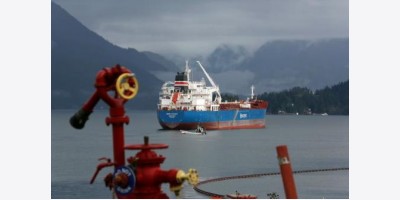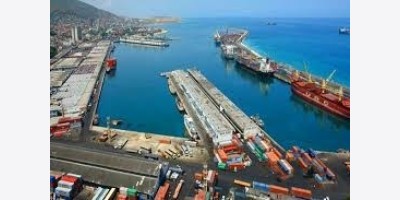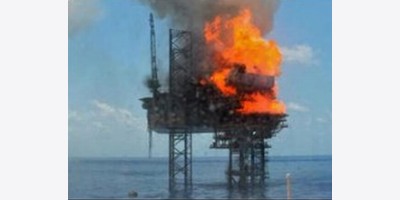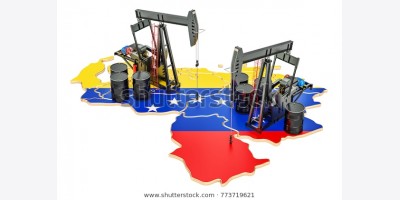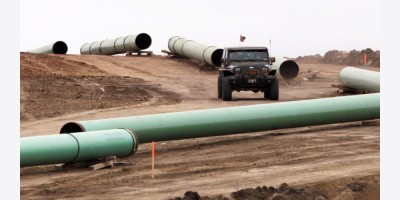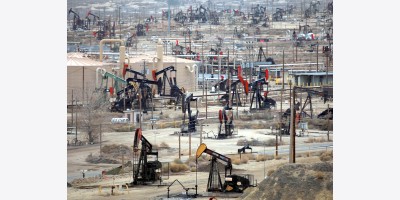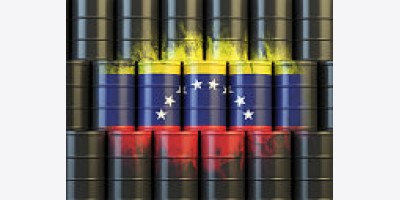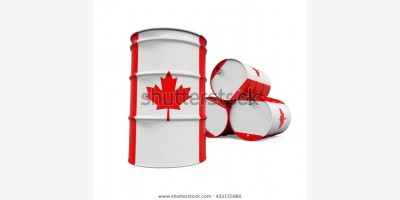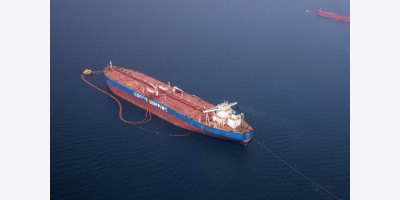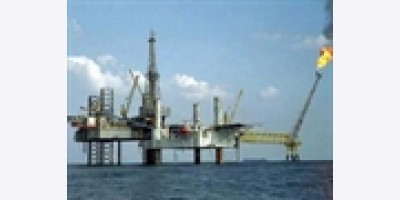Nick Cunningham
Oil prices may have firmed up a bit this spring, but we could be heading into another protracted period of weak prices.
First there are the demand risks. The Chinese stock market turmoil raises serious concerns over a potential financial crisis, which, needless to say, would be negative for oil prices.
The Greek crisis, again, presents risks to oil markets, not because Greece is a major oil produce or consumer (it is neither), but because of the threat of instability to the euro and to financial markets.
Both of these factors were behind the dramatic fall in oil prices earlier this month, but both are largely baked into the price already. And with an apparent band aid to the Greek crisis (but not a real solution) in hand, and the steadying of the Chinese stock markets over the last few days on the back of heavy intervention by the Chinese government, these two forces could be temporary.
However, there are other dangers ahead for oil prices. The International Energy Agency (IEA) estimated in its monthly oil market report that global demand growth will slow to just 1.2 million barrels per day (mb/d) in 2016, down from 1.4 mb/d this year. Weak demand means consumers won’t be able to soak up the extra supply.
But then there are the supply risks. OPEC revealed in its own monthly report that Saudi Arabia is now producing at its highest level on record. From May to June, Saudi Arabia ramped up output by an additional 230,000 barrels per day to reach a record high of 10.5 mb/d. Iraq also added 303,000 barrels per day in June and Nigeria added 75,000 barrels per day. OPEC continues to flood the market and collectively the cartel is producing well in excess of its 30 million-barrel-per-day target.
Moreover, the IEA says that the OECD’s oil storage has hit record levels. While analysts have kept an eye on crude oil inventories in the U.S., other industrialized countries are also adding oil into storage. In the second quarter, OECD inventories rose by 3.3 million barrels each day.
But in a new surprise, oil production in the United States is suddenly looking a little stronger than previously thought. The EIA says that U.S. oil production hit its peak in April, falling by 50,000 barrels per day in May. However, in Texas, drillers are still pumping at an elevated rate. In May, Texas saw its oil output surge by 16 percent to 3.6 mb/d. Moreover, after several months of decline, North Dakota also posted a surprising uptick in production. The latest state figures show that North Dakota producers managed to increase output by 32,000 barrels per day in May, defying predictions that the state was well past its peak.
The ability of U.S. oil producers to continue to produce at the highest levels since the 1970s will keep prices weak for a while longer. According to weekly estimates from the EIA (which, to be sure, are subject to criticism), the U.S. has managed to steadily increase production this year despite low prices, hitting 9.6 mb/d over the past month, up from just 9.1 mb/d at the start of the year.
The largest supply risk, however, comes from Iran. We have discussed that possibility in great length, but a deal over Iran’s nuclear program now appears to be imminent. At the time of this writing, there has not been an announcement, but plenty of rumors that a deal has all but been signed. Iranian President Hassan Rouhani tweeted on July 13 “#IranDeal is the victory of diplomacy & mutual respect over the outdated paradigm of exclusion & coercion.” The language sounded like the deal was done, however, the tweet was quickly deleted. Rouhani then sent out a revised tweet, including the word “if,” to read “If #IranDeal…” Perhaps the President jumped the gun.
Still, while there is confusion, the deal appears to be nearing the finish line. The extent to which Iran can ratchet up oil exports once sanctions are lifted is debatable, but most analysts see a large increase in the coming months. The 30 to 40 million barrels that Iran has sitting in storage could also be sold off this year.
Energy expert Amy Myers Jaffe provides a detailed rundown of Iran’s near-term potential. On the conservative side, Iran could increase production by 120,000 barrels per day by the end of 2015, and by another 260,000 barrels per day in 2016. More bullish estimates predict 800,000 barrels per day within just six months and over 1 mb/d sometime next year.
The IEA said that “the oil market was massively oversupplied in 2Q15, and remains so today.” The agency predicts “rebalancing” will continue into 2016. All of this adds up to several more months of weak prices.
By Nick Cunningham of Oilprice.com






